
The best neuroscience stories of March 2017
Another month has passed, and neuroscientists around the world have been busy releasing details of their incredible research. Scientifica has collected some of the best news articles based on their research below.
1. Precise technique tracks dopamine in the brain
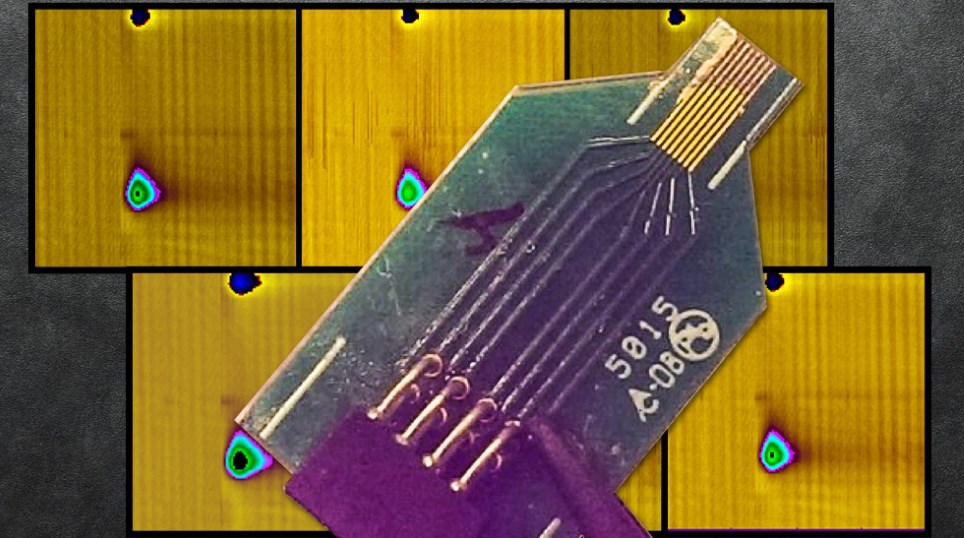 Credit: MIT
Credit: MITResearchers at MIT have developed a method to precisely measure dopamine in the brain. Dopamine pathways are involved in a variety of brain functions including reward-motivated behaviour and motor control. The tiny new device will allow researchers to study the release of dopamine at higher resolutions, for longer periods while covering more of the brain.
Reward your brain. Read more...
2. New optical nanosensor improves brain mapping accuracy, opens way for broader range of applications
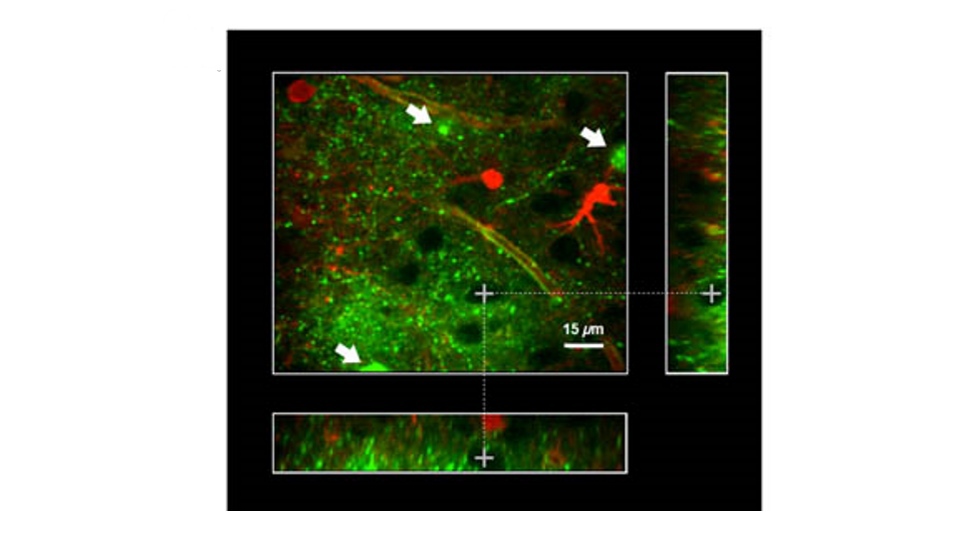 Credit: SPIE
Credit: SPIE
A potassium-sensitive fluorescent nanosensor enables imaging of ionised potassium in the extracellular space for spatiotemporal mapping of the brain. The minimally invasive method also allows for accurate measurements of potassium dynamics and promises to further our understanding of brain homoeostasis. It is also likely to lead to the development of further multimodal sensors in the future.
See more
3. #LabHacks: Choosing the best opsin for your optogenetics experiments
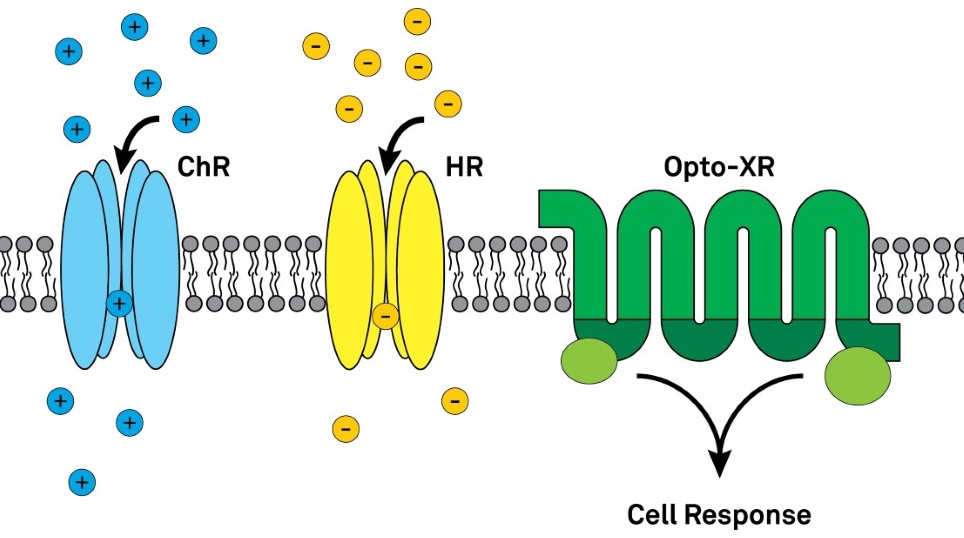 Credit: Wikimedia Commons
Credit: Wikimedia Commons
If you are in the process of designing optogenetics experiments, this article will give you a brief overview of the opsins that currently exist. It considers several trade-offs to keep in mind including ion conductance, peak activation wavelength, light sensitivity and kinetics.
Find your opsin
4. Molecule shown to repair damaged axons
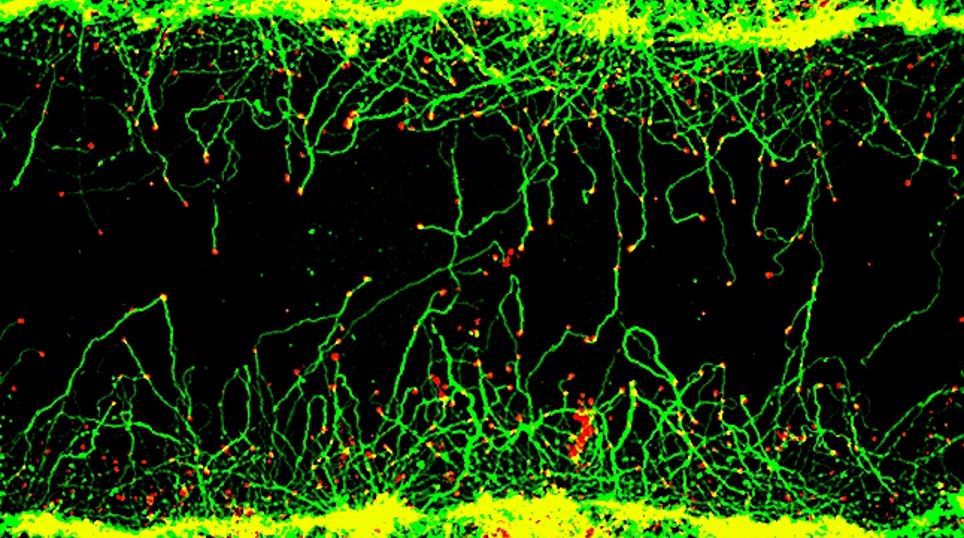 Credit: McGill University
Credit: McGill University Andrew Kaplan, a PhD candidate at the Montreal Neurological Institute and Hospital of McGill University, has identified a naturally occurring molecule, Fusicoccin-A, which can repair damaged axons. The finding could lead to treatments for spinal cord injury, stroke and neurodegenerative disorders.
Stimulate your axons
5. Optimised sensors to study learning and memory
To understand how synaptic plasticity occurs during learning and memory, researchers from the Max Planck Florida Institute for Neuroscience have developed new sensors to help visualise the way connections between neurons strengthen. Using the optimised sensors and a two-photon fluorescence lifetime microscope the scientists could show how two key proteins reacted to stimulation in individual dendritic spines.
Learn about learning
6. Brain is 10 times more active than previously measured, UCLA researchers find
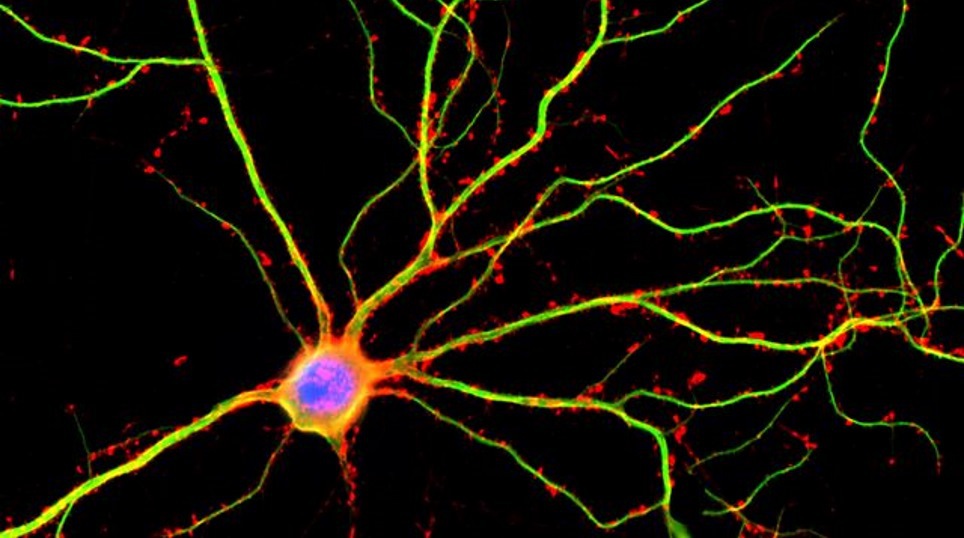 Credit: Shelley Halpain/UC San Diego
Credit: Shelley Halpain/UC San Diego
Scientists believed that somatic spikes activate dendrites, which passively send currents to other neurons. A new study from UCLA shows that dendrites are electrically active in animals that are moving around freely, generating nearly 10 times more spikes than somas. The results challenge a belief that spikes in the soma are the primary way in which perception, learning and memory formation occur.
Increase your brain activity
7. Scientists get closer look at living nerve synapses
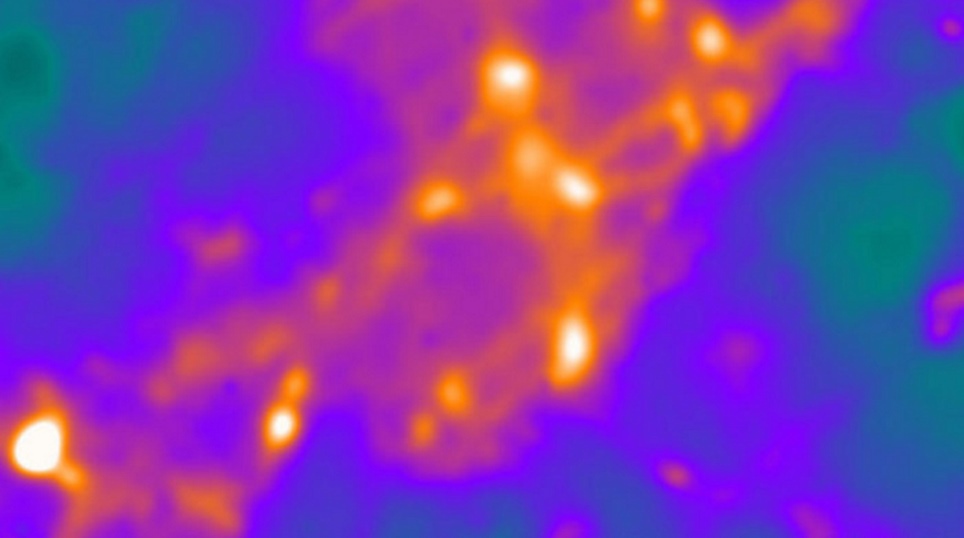 Credit: Dario Maschi/WUSTL
Credit: Dario Maschi/WUSTL
Using a custom-built microscope, neuroscientists at Washington University in St Louis have achieved the most intimate view of synapses so far. The researchers have been able to uncover new insights about the active zones of synapses thanks to the increased resolution available.
See more details
8. Man with quadriplegia employs injury bridging technologies to move again – just by thinking
Bill Kochevar, who was paralysed below the shoulders following a cycling accident, has become the first person in the world with quadriplegia to use two temporary implants to move his arm and hand just by thinking about it. One implant records neuronal activity in his brain while a second functional electrical stimulation system activates his arm and hand.
Think about clicking here
9. New stem cell method produces millions of human brain and muscle cells in days
Using a technology called OPTi-OX, researchers from the Sanger Institute have developed a method for making millions of human brain cells in a few days. This is a dramatic reduction in time compared with previous methods by over-expressing transcription factors to make pluripotent stem cells differentiate directly into the desired cell types.
Differentiate yourself by reading more
10. Brain's 'GPS' does a lot more than just navigate
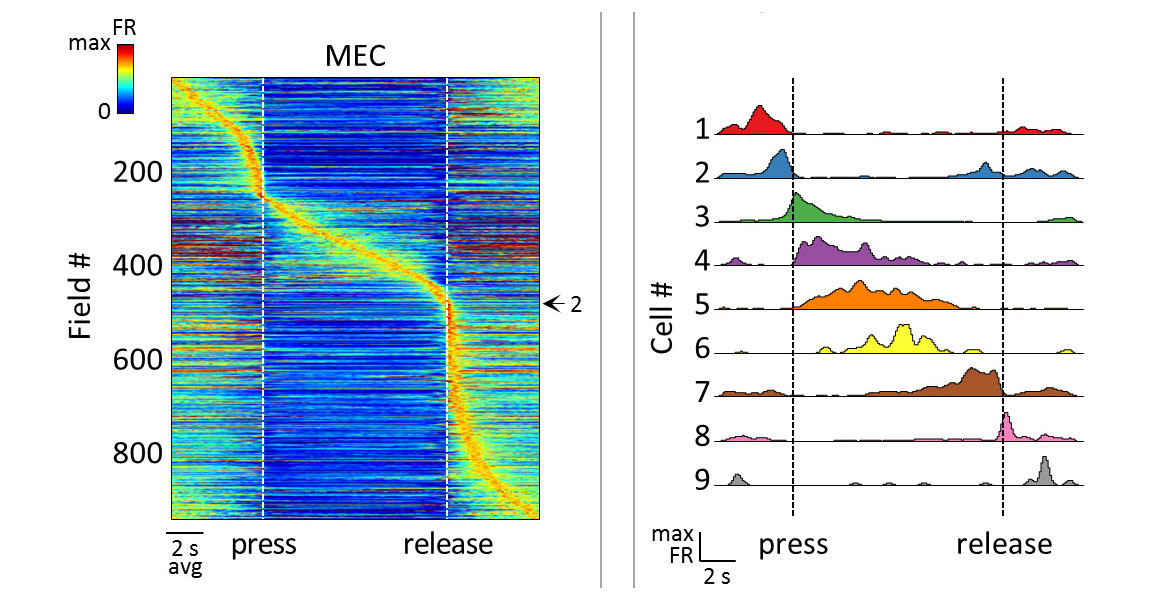 Credit: David Tank/Princeton University
Credit: David Tank/Princeton University
Researchers from Princeton University have discovered that the area of the brain responsible for our understanding of where we are within our spatial environments is also involved when navigating cognitive environments.
Navigate to the article
Please send any neuroscience news, comments, axon repair mechanisms, dopamine tracking tips or brain cell production methods to [email protected].

)